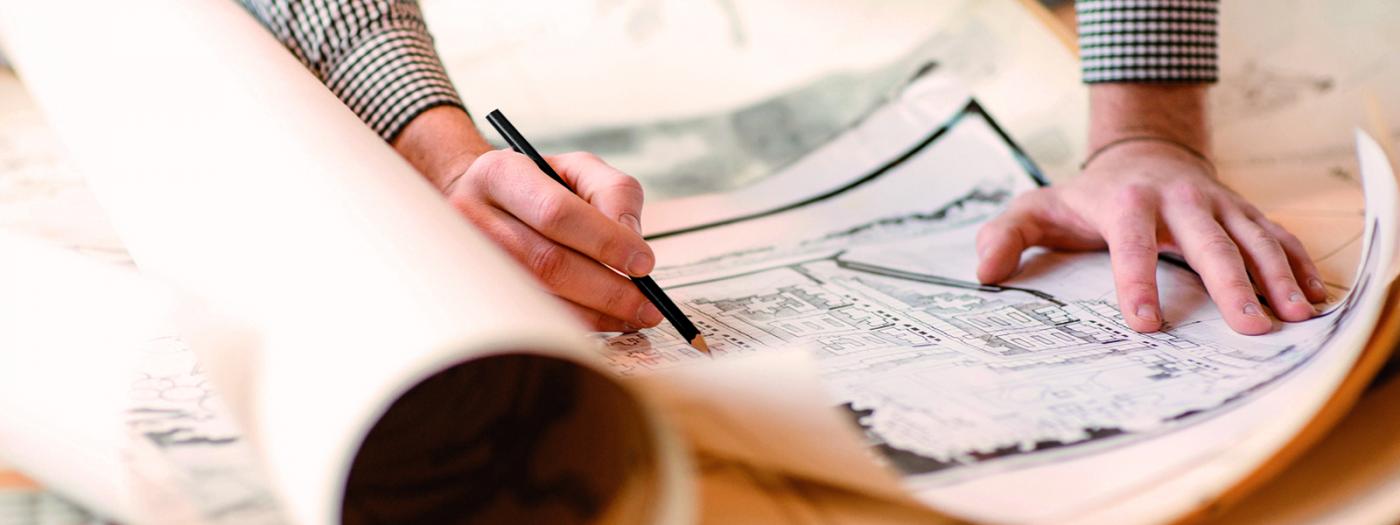On Monday, January 22, 2018, the facade of the COAC was inaugurated at the headquarters of the Plaza Nueva in Barcelona. A remodeling of the eight floors of the office building of the Col·legi de Arquitectos that has taken four years of reform.
The construction dates back to 1962 and, in addition to renewing its appearance, the thermal and acoustic insulation has been improved and it has become more sustainable from renewable energies. This renovation is an action that looks to the future of 21st century architecture.
It is projected with a mapping that emphasizes technical improvements and becomes a new energy paradigm: "We renew the city, we build the future".
Jordi Mansilla is an architect and professor of architectural design at different universities since 2002, including ETSAB, ETSALS and IAAC. He is a visiting professor of MS in Architecure at Syracuse University and a visiting professor at M.S Architecture and Urban design at Columbia University. Professor of the Study Program abroad at Clemson University and Texas A & M University at the BAC. He has organized different workshops and seminars in Brazil, Switzerland and Catalonia. In 2014 he was part of the Plaza de las Glòries competition in Barcelona and in 2015 he founded the MIRLA studio with Laia Maestro based on the firm desire to promote the landscape as a vector for metropolitan change. He has collaborated in different international projects, working in London, Paris and Yokohama, Japan.
One of the most important points of the COAC is the contrast of the monumental base of the building (open and adorned with some friezes designed by Pablo Picasso) and the volume of glass of the offices. The new facade improves the thermal and acoustic insulation of the previous one and includes photovoltaic panels to generate energy for own consumption. The reform has cost 1.8 million euros.
The dean of the COAC, Lluís Comerón defines the work as "a pilot case of energy rehabilitation". The authors of the restoration began to work from the absolute respect to the building. The original work should have the maximum presence and the intervention of the architects should be reversible.
The COAC also took the opportunity to extend to the cities the respectful and critical view of the architects who have restored the facade of their headquarters. And it is that the future responsible for the cities will be rather to improve what already exists than not to build again.

Jordi Mansilla, professor de La Salle - URL
